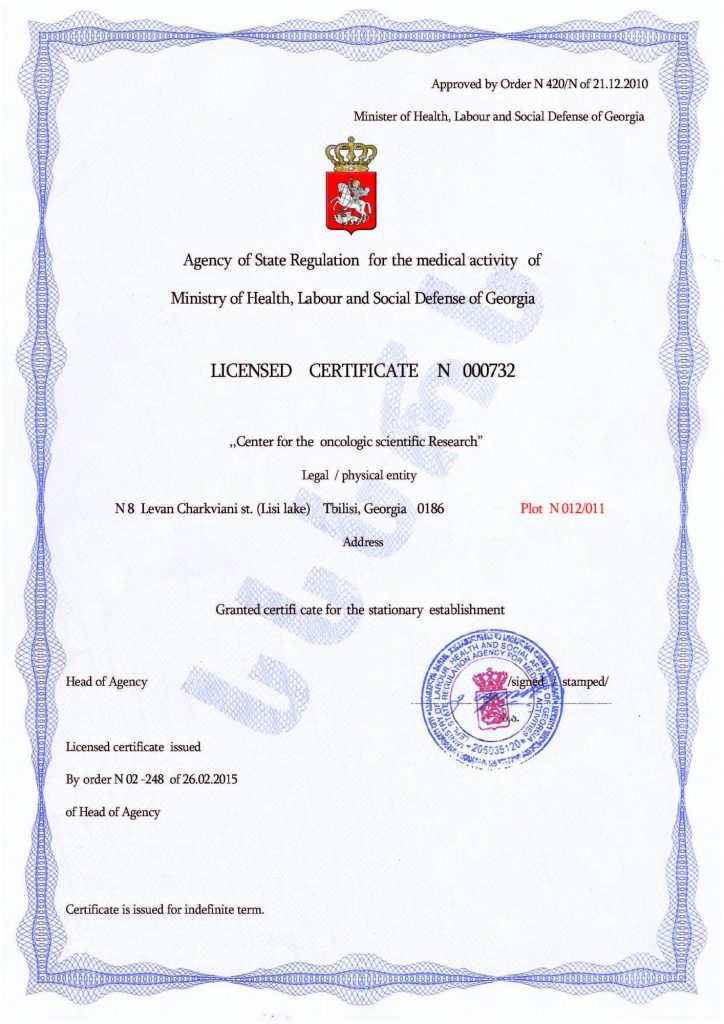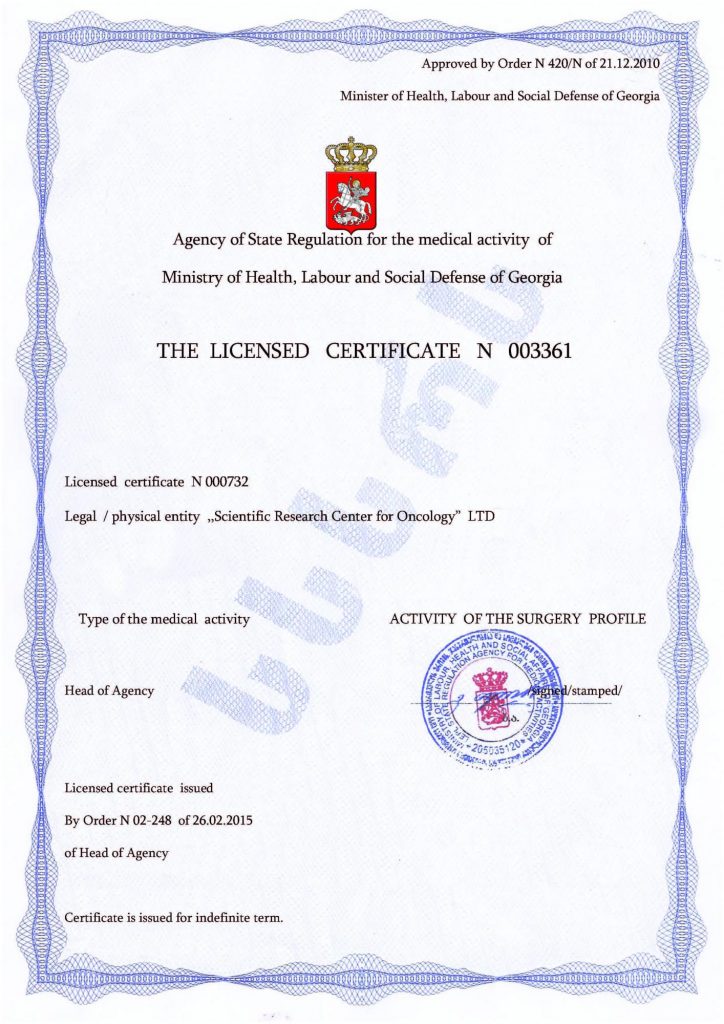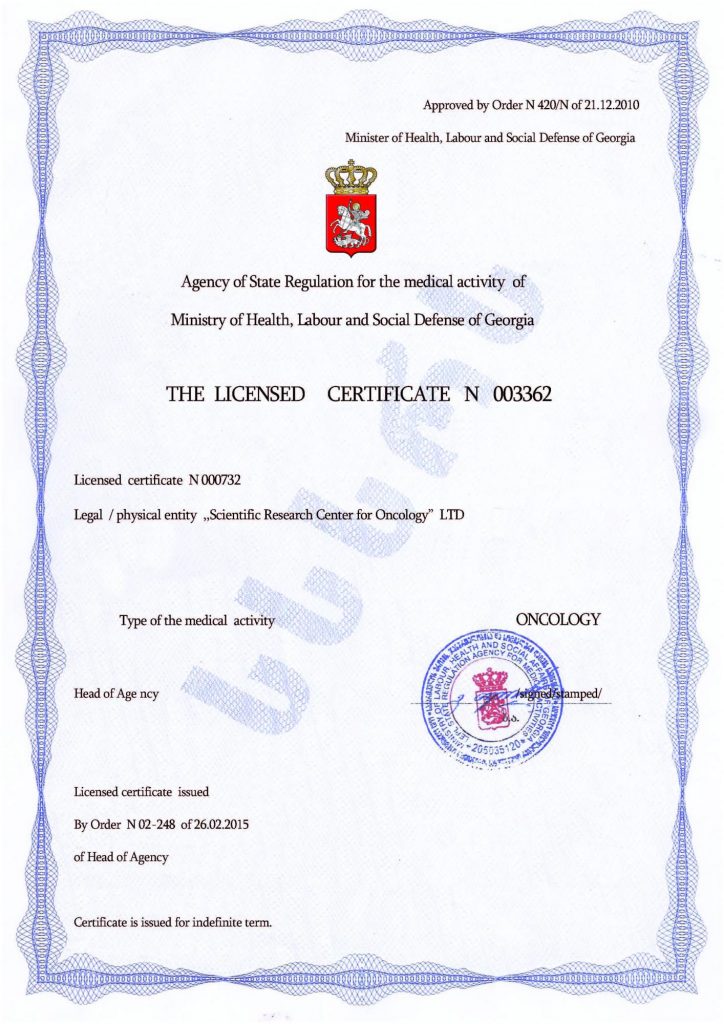How to Teach an Autistic Child to Write?
Teaching a child with autism to write should begin when the child is psychologically ready, but not earlier than five years old. Along with learning letters and mastering the reading skill, it is important to take the first steps toward developing the hand for writing letters. The first step is to assess the child’s readiness for writing.
Signs of Readiness for Writing in an Autistic Child
- Visual Attention: This is a skill without which teaching writing is impossible. It refers to visual-motor integration, or hand-eye coordination.
- Fine Motor Skills: Hand development is a key factor. The child should regularly engage in activities like building with blocks, sculpting with clay, or playing games that involve finger movements.
- Ability to Hold a Pen or Pencil Correctly: This skill typically develops in children between the ages of 3 to 5. If the child can hold a pencil correctly, it is one of the signs that they are ready to begin learning to write.
- Desire to Draw: This is not just about the ability to make simple scribbles, but about the child’s ability to replicate a simple drawing from a template, such as drawing geometric shapes, etc.
Writing Instruction Strategy for an Autistic Child
- Step One: Capture the Child’s Attention: For this, you should buy a whiteboard, markers, chalk, and large paper. Hang the paper at the child’s eye level. Then, together, try drawing something.
- Step Two: Draw Everywhere: Whenever the situation allows, draw outside – use chalk on the pavement, use finger paints in the bath, or draw at home on paper or on a whiteboard. The goal is to spark the child’s interest in drawing.
- Step Three: Fine Motor Skills: Work on developing fine motor skills, which are important for writing. Write letters with the child on sand, flour, or other textures to help them remember the shapes more easily.
- Step Four: Gradual Learning: Start with simple words and gradually increase the complexity. Use short, familiar words related to the child’s daily life.
- Step Five: Clarity and Consistency: Stick to one method of instruction and avoid frequent changes in approach. Clarity and consistency help create a structure that can be beneficial for an autistic child.
- Step Six: Use of Technology: Apps and programs designed to teach writing, especially those with interactive elements and visual cues, can be helpful.
Praise the child for any attempts, and reinforce their progress with small, pleasant rewards. Be patient and flexible in your approach to teaching.
Autism Behavior Correction with Stem Cells – The Ability to Master New Skills
For over 15 years, the use of stem cells for autism correction has been developing in various countries worldwide. Transplantation of stem cells from the child’s own bone marrow, placental stem cells, or donor stem cells can activate parts of the brain responsible for socialization, helping to minimize the manifestations of autism. This process enables the development of necessary social skills, facilitating further education in school and the possibility of a career. It is important to understand that autism is a condition that cannot be completely cured, but with corrective therapy, it is possible to socialize the person and give them a chance at a full life.
Give your child the opportunity to live a full life with autism – learn more about stem cell transplantation
Autism Treatment Center Videos
Autism treatment with own stem cells
Cord blood association congress
International Quality Crown
Autism Treatment Reviews
Autism treatment with own stem cells
The story of Alessandro (6 years old)
Autism Patient Testimonial - Stem Cell Treatment
Clients Testimonials

Feedback from Igor, David’s father (12 years old) Read More

Feedback from Olga, Fedya’s mother Read More

Feedback from Natalia, Radomir’s mother (15 years old) Read More
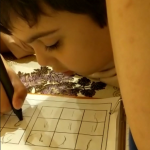
Feedback from Esther, Samuel’s mother (8 years old) Read More
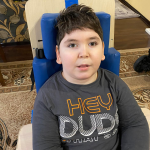
Feedback from Abibe, Selim’s mother (7 years old) Read More









